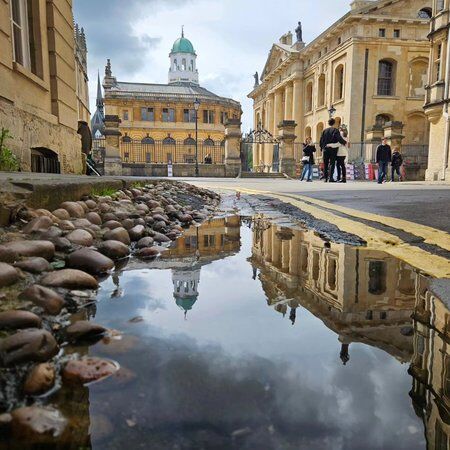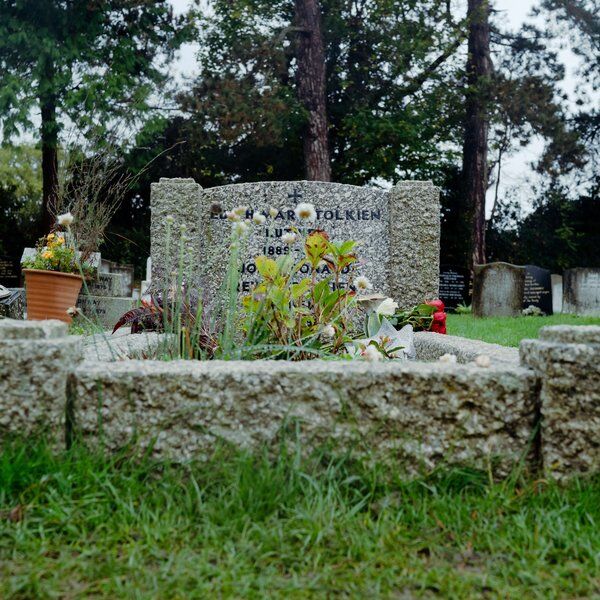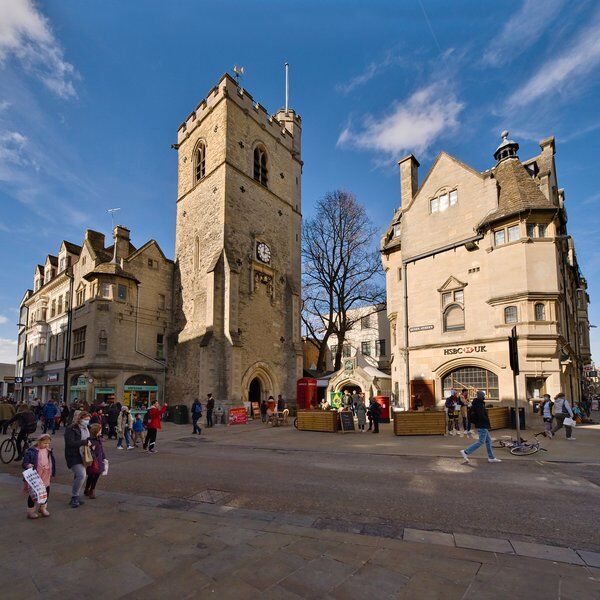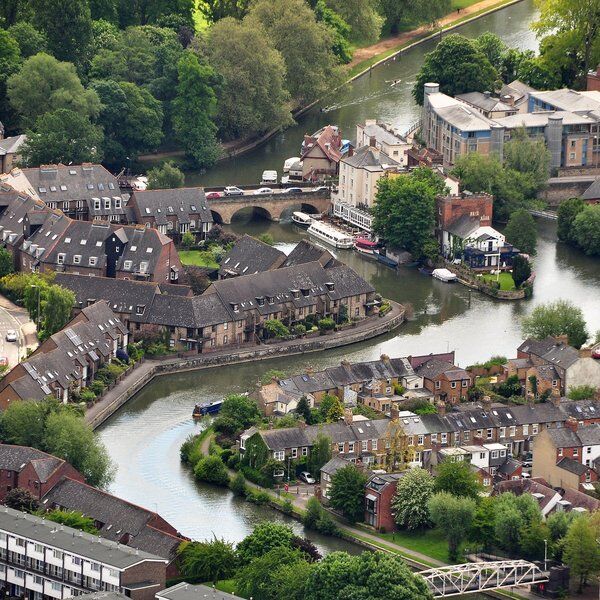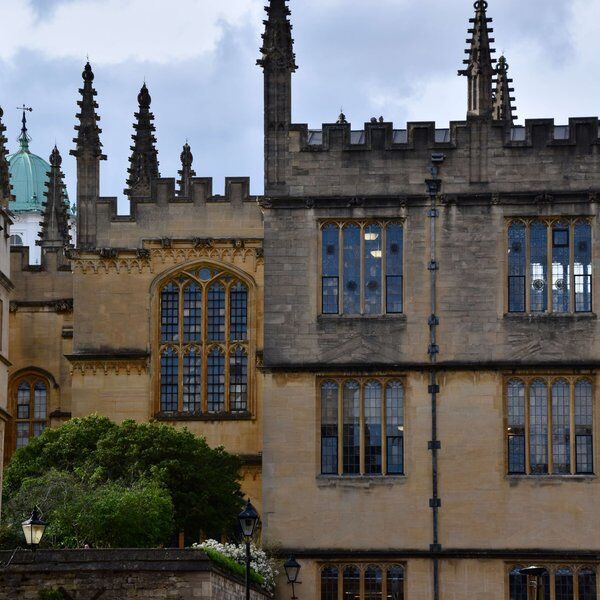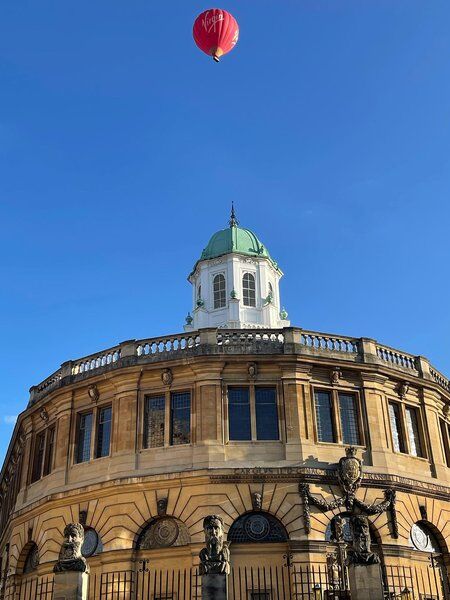
Discover the Sheldonian Theatre
The Sheldonian Theatre was built for the University of Oxford and can be found at the mediaeval core of this historic English city. It was named after Gilbert Sheldon, who was the Archbishop of Canterbury at the time and the main financier of its creation. For over 350 years the theatre has served its purpose as a music venue, a lecture hall, and university ceremonial events space, with grace and charm. It’s also the principal assembly point for the Congregation, which manages the University’s affairs.
Based on an elegant and regal design, the Sheldonian is a masterpiece of craftsmanship. With its iconic green dome and stunning architectural features, the theatre is an embodiment of the intellectual and cultural richness that has been synonymous with Oxford for centuries.
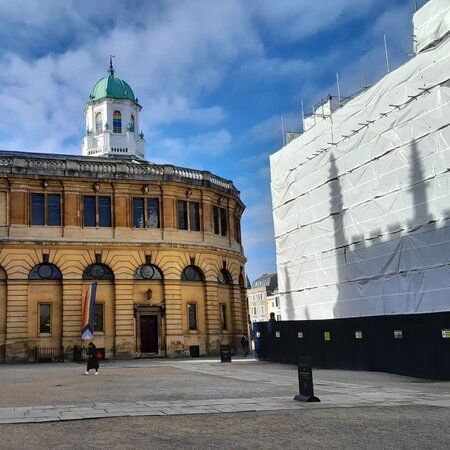
A Vision of Architectural Brilliance
Sir Christopher Wren is one of the most celebrated architects in English history. He was commissioned to design the Sheldonian Theatre in the mid-17th century whilst he held the position of Professor of Astronomy at Oxford. Construction began in 1664 and was completed just five years later in 1669. The result was a splendid blend of classical and Baroque architectural details.
D-Shaped Design
According to his son, Wren used a 16th-century engraving by Serlio, of the ancient Roman D-shaped Theatre of Marcellus, as inspiration. However, like most contemporary Mediterranean theatres, the Marcellus had no roof. Given that English weather was considerably wetter than that of Rome – where a temporary awning was erected in the event of a rare rain shower – the Sheldonian required a permanent roof. One that could span the 70 ft D-shaped structure. When the ceiling was fashioned from “a series of trusses, which were built up from shorter section[s] and held in place by their own weight,” it was considered a significant innovation in architectural engineering.

Not only was the roof a notable feat of contemporary engineering, but the ceiling from within displayed a considerable level of craftsmanship. Painted across 32 panels of canvas, by King Charles II’s own court painter, Robert Streater, is the ‘Truth’ descending upon the Arts and Sciences and expelling ‘Ignorance’ from the University. In its attempt to make up for the lack of ‘open-air’ design Wren originally envisioned, the magical heavenly scene of this oil on canvas masterpiece is truly is a sight to behold.
The Majestic Dome
The focal point of the structure is its majestic dome, which serves as a prominent feature of Oxford's skyline. The eight-sided cupola has windows on all sides and can be accessed via a staircase, which stretches up into the painted ceiling. Each year over 16,000 visitors will access the dome for beautiful views out over the city.
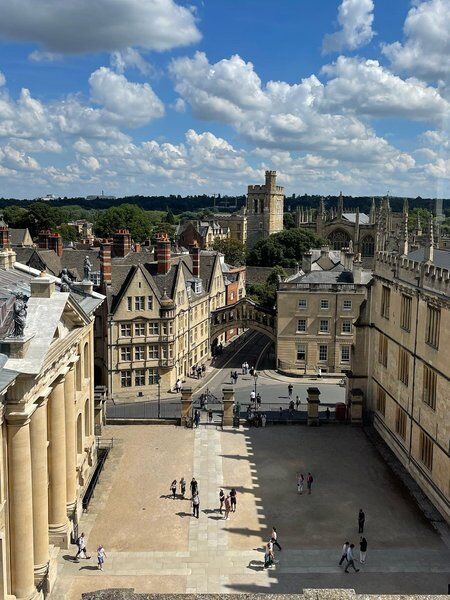
Roman Symbols
The theatre's exterior is adorned with elegant pilasters and statues, representing various historical figures, including Roman emperors and Oxford's own renowned alumni. There are also two carved and gilded boxes either side of the auditorium, which are no longer used but were originally occupied by the two University proctors during ceremonies. On the front of the boxes the proctors are represented by Roman symbols of authority; bundles of rods bound round an axe, protruding from lions’ heads.
Each intricate detail has earned The Sheldonian Theatre the reputation of a Grade I listed building, of which it was determined on 12th January 1954.

Why was the Sheldonian Theatre Built?
The theatre was the brainchild of Gilbert Sheldon, who sought to create a venue that would not only serve as a gathering place for university ceremonies but also showcase Oxford's eminence in the academic world. Initially Sheldon donated £1,000 to fund the theatre’s creation. He hoped this would incite others to make their own pledges, but after failing to garner substantial support, ended up financing almost the entire £14,000 himself. (Today this would equate to over £2 million.)
Academic Ceremonies
Since its inception, the Sheldonian Theatre has played a pivotal role in the academic life of the University of Oxford. It is primarily used as the venue for degree and graduation ceremonies, where students are awarded their certificates and academic achievements are celebrated. The Sheldonian Theatre also hosts Oxford University’s Encaenia ceremonies – annual honorary degree ceremonies held at the end of the academic year. These ceremonies have been taking place since the late 17th century and involve the awarding of honorary degrees, among various other awards. The rich tradition of academic processions unfolding at the heart of the theatre and led by the colourfully-robed University officials, lends an air of solemnity and grandeur to these events.
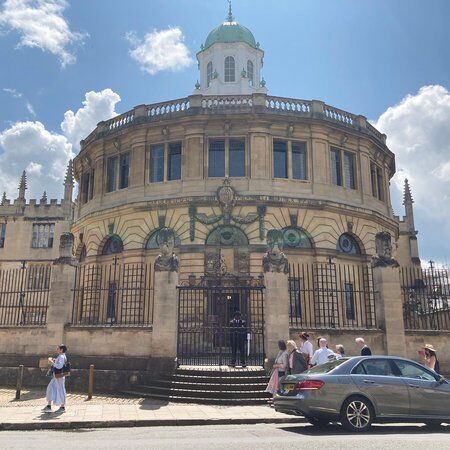
Scientific Meetings
In the 17th and 18th centuries, the Sheldonian Theatre was the main meeting place for the Oxford Philosophical Society, which later evolved into the Royal Society. The society was co-founded by Wren, who also served as its president from 1680-1682. These meetings held within the Sheldonian contributed to the exchange of scientific ideas and discussions and reinforced its role as a site of great significance, both nationally and globally.
Cultural and Literary Importance
Beyond its academic significance, the Sheldonian Theatre has also hosted various cultural events including lectures, music recitals and concerts, and theatrical performances. The stunning architecture and acoustics of the venue make it an ideal setting for these events and attract renowned artists and musicians from around the world.

Preserving the Sheldonian Theatre
Throughout its existence, the Sheldonian Theatre has undergone various restoration and conservation efforts, to ensure its preservation for future generations. Renovations, organised by the University’s Estates Facilities Management and Conservations teams, have sought to maintain the original architectural integrity while addressing the wear and tear of time and accommodating modern needs.
Particular attention has been paid to the roof over the years, after it was rumoured to be unsafe on several occasions. But each time surveyors have been both surprised and impressed following their inspections. In 1720, it was determined that "... the whole Fabric of the said Theatre is, in our opinion, like[ly] to remain and continue in such repair and condition, for one hundred or two hundred years yet to come." In 2004 a four-year project to restore the ceiling fresco commenced. The project included removing and repairing the 32 oil-painted panels and was completed in November 2008.
In recent years, efforts have been made to clean and repair the stonework of the Sheldonian Theatre's exterior. This helps to maintain the visual appeal of the building and prevent further deterioration. Furthermore, as part of ongoing efforts to improve accessibility, modifications have been made to the theatre's facilities, including the installation of ramps and other features to accommodate visitors with disabilities.
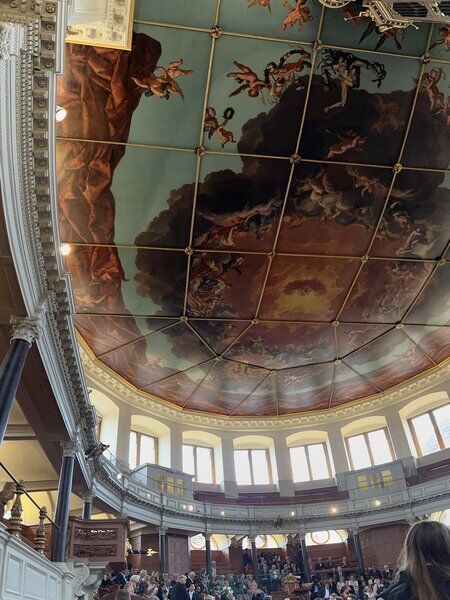
Our Thoughts…
For students, academics, and visitors alike, the Sheldonian Theatre continues to inspire awe and reverence. It embodies the pursuit of knowledge, the celebration of intellectual achievements, and the sense of community that defines Oxford's academic ethos. Its historical significance, timeless architectural charm, and rich cultural heritage continue to leave a lasting impression on all who step foot within its grand halls.
To unearth more secrets about Oxford University's other notable buildings, including The Old Bodleian Library, why not check out our blog!
Or, if you're interested in visiting the Sheldonian and other hidden gems in Oxford yourself, why not check out our outdoor treasure hunts in the area? There are two hunts to choose from: Scholars and Spires and Ancient Echoes each promising all the fun of an escape room with the historic facts and whimsical trivia of a walking tour.
Both routes take you around Oxford on a curious journey that will take you into the city’s fascinating alleyways while learning more about Oxford’s turbulent history in a new and interactive way.
Take the stress out of planning your visit to Oxford and book your adventure today!
Not visiting Oxford this time? Don’t worry, you’ll find us all over the world.
